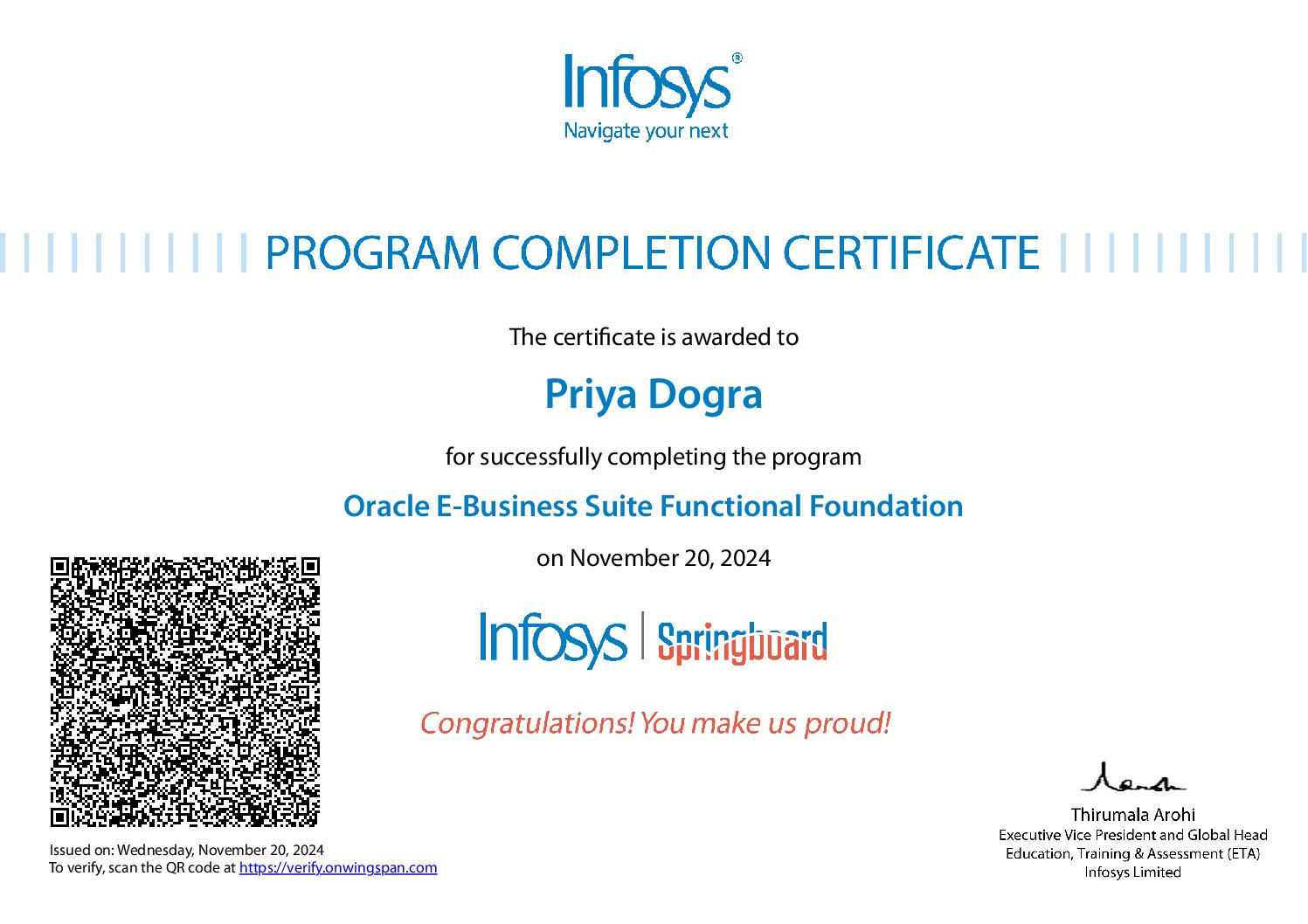Marketing Analytics and Retail Business Management Certification
Marketing Analytics is a field that involves the use of data analysis, statistical techniques, and technology to evaluate and measure the effectiveness of marketing campaigns and strategies. It helps businesses make data-driven decisions to optimize their marketing efforts and achieve better results. Here are some key aspects of marketing analytics:
Data Collection: Marketing analytics begins with the collection of data from various sources, including websites, social media, email campaigns, customer databases, and more. This data can encompass customer behavior, demographics, engagement metrics, and sales data.
Data Analysis: Once the data is collected, it is analyzed to identify trends, patterns, and correlations. Advanced statistical techniques are often used to extract valuable insights from the data.
Performance Measurement: Marketing analytics allows businesses to measure the performance of their marketing initiatives. This includes tracking key performance indicators (KPIs) such as return on investment (ROI), customer acquisition cost (CAC), customer lifetime value (CLV), conversion rates, and more.
Segmentation and Targeting: Businesses can use marketing analytics to segment their customer base and target specific customer groups with personalized marketing messages. This helps in delivering relevant content and offers to different customer segments
A/B Testing: A/B testing (or split testing) is a common practice in marketing analytics. It involves comparing two versions (A and B) of a marketing asset (e.g., a webpage, email, or ad) to determine which performs better in terms of achieving the desired goals.
Data Visualization and Reporting: Communicating the insights from marketing analytics is crucial. Data visualization tools are used to create easy-to-understand graphs and charts, and reports are generated to share findings with stakeholders.
Retail Business Management: It involves the administration and oversight of retail operations, ensuring the efficient and effective functioning of a retail business. It encompasses a wide range of activities related to managing a retail store or chain. Here are some key aspects of retail business management:
Inventory Management: Retailers need to maintain optimal inventory levels to meet customer demand while minimizing carrying costs. This involves tracking stock, ordering merchandise, and managing supplier relationships.
Store Operations: Retail managers are responsible for the day-to-day running of stores, including staffing, scheduling, and ensuring that store policies and procedures are followed.
Visual Merchandising: This involves creating an appealing in-store layout and design, product placement, and window displays to attract customers and enhance the shopping experience.
Customer Service: Providing excellent customer service is essential in retail. Retail managers train and supervise staff to ensure customers have a positive shopping experience.
Marketing and Promotion: Retail businesses develop and execute marketing and promotional strategies to attract and retain customers. This includes advertising, sales promotions, and loyalty programs.
Financial Management: Retail managers oversee budgets, track expenses, and monitor sales and profits. They make financial decisions to ensure the store operates within budget.
Supply Chain Management: Ensuring a smooth supply chain is critical to keeping products in stock. Retail managers work with suppliers and logistics partners to manage the flow of goods.
In essence, marketing analytics helps retail businesses make informed decisions about their marketing efforts, while retail business management focuses on the overall operations and customer experience within a retail setting. Both are essential for the success of retail businesses in a competitive market.
Get Marketing Analytics and Retail Business Management Certificate from The Digital Adda which you can share in the Certifications section of your LinkedIn profile, on printed resumes, CVs, or other documents.
Exam Details:
- Format: Multiple Choice Question
- Questions: 20
- Passing Score: 16/20 or 80%
- Language: English
Here are the Question and Answers:
Question 1: Which of the following is not a primary objective of marketing analytics?
- Increasing customer retention
- Maximizing sales revenue
- Enhancing brand awareness
- Minimizing production costs
Question 2: What is the main purpose of A/B testing in marketing analytics?
- Identifying customer segments
- Measuring website traffic
- Comparing two or more strategies to determine which performs better
- Creating customer personas
Question 3: Which metric measures the percentage of visitors who leave a website without taking any action?
- Bounce rate
- Conversion rate
- Click-through rate
- Churn rate
Question 4: In marketing analytics, what does ROI stand for?
- Return on Investment
- Rate of Interest
- Return of Income
- Revenue of Interest
Question 5: What is the purpose of predictive modeling in marketing analytics?
- Analyzing past performance
- Identifying current market trends
- Forecasting future outcomes
- Calculating customer acquisition costs
Question 6: Which of the following is a key component of customer segmentation in marketing analytics?
- Demographics
- Product pricing
- Inventory management
- Supplier relationships
Question 7: Which metric helps measure the effectiveness of email marketing campaigns?
- Customer lifetime value (CLV)
- Click-through rate (CTR)
- Gross margin
- Cost per click (CPC)
Question 8: What is the purpose of a SWOT analysis in marketing analytics?
- Evaluating a company’s internal strengths and weaknesses
- Analyzing customer demographics
- Identifying competitor pricing strategies
- Measuring market share
Question 9: Which type of data analysis involves finding patterns and relationships in large datasets?
- Descriptive analytics
- Predictive analytics
- Prescriptive analytics
- Diagnostic analytics
Question 10: What does CTR (Click-Through Rate) measure in digital marketing analytics?
- The number of items in a shopping cart
- The percentage of users who clicked on a link
- The conversion rate of website visitors
- The cost per impression (CPI)
Question 11: What is the primary purpose of visual merchandising in retail?
- Reducing operating costs
- Maximizing employee productivity
- Enhancing the in-store shopping experience
- Increasing online sales
Question 12: Which inventory management strategy aims to minimize holding costs by ordering inventory only when it’s needed?
- Just-in-time (JIT)
- Economic order quantity (EOQ)
- Safety stock
- ABC analysis
Question 13: In the context of retail, what does “planogram” refer to?
- A financial plan for the business
- A layout plan for store displays and product placement
- A marketing strategy for online promotions
- A customer loyalty program
Question 14: What is the term for the practice of selling goods at a lower price than usual to attract customers?
- Premium pricing
- Price skimming
- Markdown pricing
- Psychological pricing
Question 15: Which of the following is an example of omni-channel retailing?
- A brick-and-mortar store with no online presence
- A retailer that only sells products on social media platforms
- A retailer offering products both in physical stores and through an e-commerce website
- A retailer that sells luxury items exclusively
Question 16: What is the key objective of customer relationship management (CRM) in retail?
- Increasing inventory turnover
- Reducing employee turnover
- Building and maintaining strong customer relationships
- Minimizing advertising expenses
Question 17: Which pricing strategy involves setting a high initial price for a new product and gradually lowering it over time?
- Cost-plus pricing
- Penetration pricing
- Price bundling
- Dynamic pricing
Question 18: What is the term for the process of analyzing data to understand customer preferences and behavior in retail?
- Market research
- Inventory optimization
- Customer analytics
- Supply chain management
Question 19: What does the acronym POS stand for in the context of retail?
- Point of Sale
- Price of Service
- Product Ordering System
- Point of Synchronization
Question 20: Which of the following is a key component of effective retail supply chain management?
- Maximizing product variety
- Minimizing customer interactions
- Reducing inventory carrying costs
- Ignoring e-commerce trends
 Priya Dogra – Certification | Jobs | Internships
Priya Dogra – Certification | Jobs | Internships



